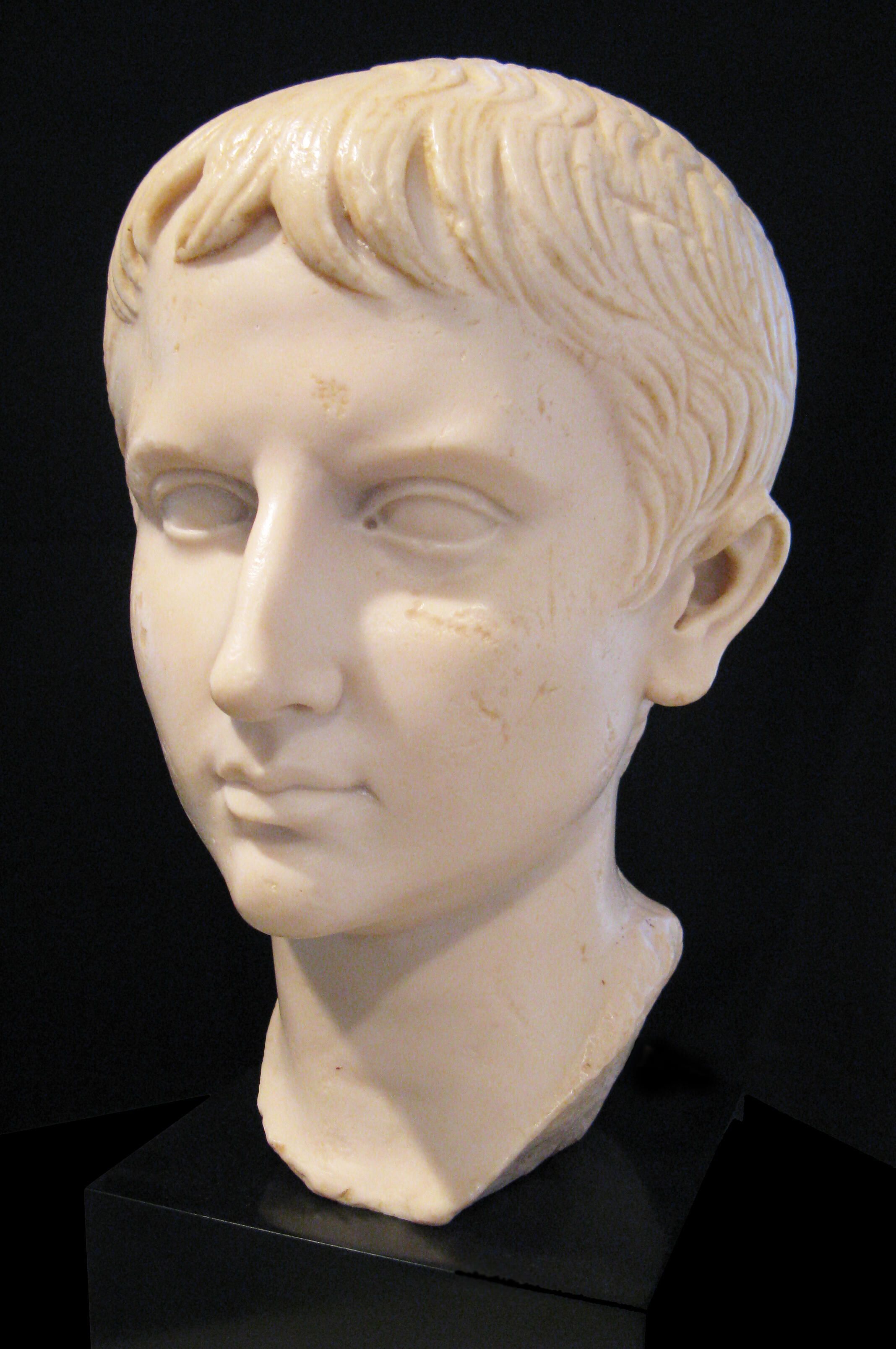Gaius or Lucius Caesar
Name/Title
Gaius or Lucius CaesarEntry/Object ID
80R0933Description
Head of a youth to base of neck. Hair parted at the middle of the forehead.Type of Sculpture
BustArtwork Details
Medium
ResinSubject Person
Gaius Caesar, Lucius CaesarContext
Roman civilization has not been highly praised for original artistic achievement. In one aspect, namely Roman portrait sculpture, it has met with great approval and admiration. Roman domination in the western world was achieved through strong political and military organization. The Roman citizen gained reputation and status not only through his own political and military achievement but through that of his ancestors. From Republican times, it was important for the prominent individual to illustrate his lineage by some obvious means. Portrait busts (see: Livia; Trajan; Hannibal) soon came into prominence. They could be found in the houses of upper class citizens, composing a sort of “Hall of Fame” of celebrated ancestors. In Roman funerary practice (handed down by the Etruscans) these portraits and a portrait of the deceased were carried in the funerary procession. This peculiar attention given to the portrait was unknown in earlier Greece, while in Rome it continued until the end of the Empire. A considerable number of exquisite portraits, which have lost nothing of their impact after millennia, have survived. Gaius and Lucius, the two eldest sons of Augustus’ only child Julia, were the emperor’s chosen heirs. To familiarize the public, and especially the army, with the idea of a ruling dynasty and with the identity of chosen successors, they were made to look like the emperor in their official portraits. While this strengthened the validity of their claims to rule, it also suppressed their identities so strongly that they are difficult to tell apart. This bust is rendered with the greatest possible simplicity, making it a quietly powerful work.Collection
Roman EmpireMade/Created
Date made
27 BCE - 14 CETime Period
Roman ImperialEthnography
Culture/Tribe
Roman

